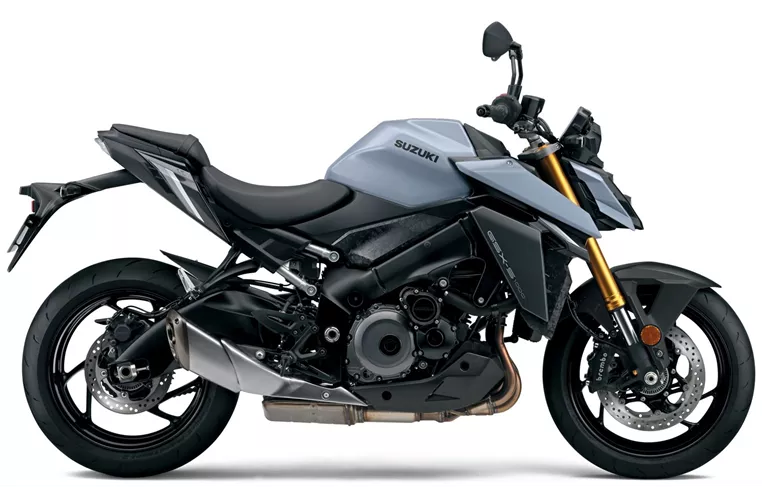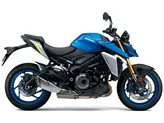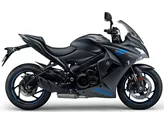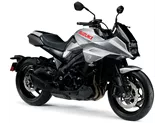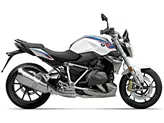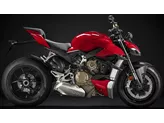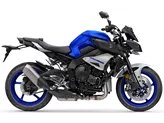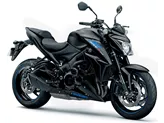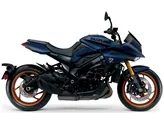BMW S 1000 R 2016 vs. Suzuki GSX-S1000 2021

BMW S 1000 R 2016
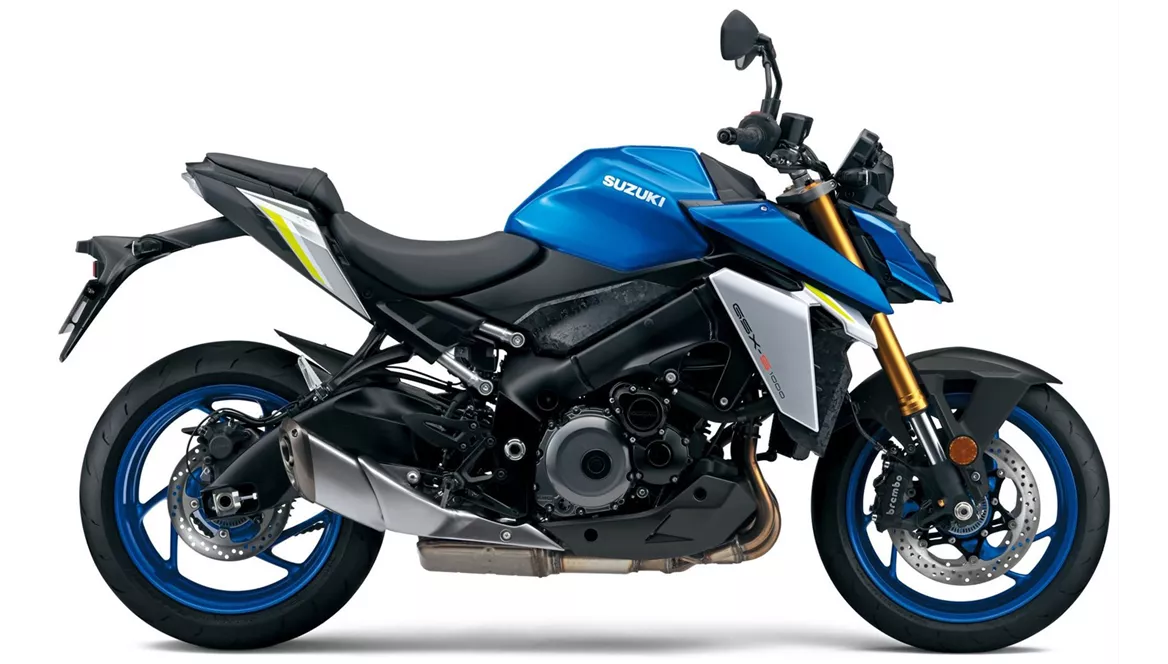
Suzuki GSX-S1000 2021
Overview - BMW S 1000 R 2016 vs Suzuki GSX-S1000 2021
The BMW S 1000 R 2016 and the Suzuki GSX-S1000 2021 are both naked bikes that offer powerful performance and comfortable seating positions. However, there are some notable differences between the two models.
In terms of engine specifications, both bikes feature inline four-cylinder engines with a displacement of 999cc. The BMW S 1000 R 2016 has a slightly higher engine power of 160 HP compared to the Suzuki GSX-S1000 2021's 152 HP. The torque output is also slightly higher in the BMW at 112 Nm compared to the Suzuki's 106 Nm. Both bikes have a four-cylinder configuration, ensuring smooth power delivery.
When it comes to suspension, both bikes feature upside-down telescopic forks in the front and swing arm suspension in the rear. The shock absorbers are monoshocks on both models. The chassis of both bikes is made of aluminum and features a twin-tube frame design, providing stability and agility.

BMW S 1000 R 2016
In terms of braking, both bikes have double disc brakes in the front with four-piston calipers. However, the Suzuki GSX-S1000 2021 has the advantage of a radial, monoblock technology, which enhances braking performance and provides better feedback to the rider.
In terms of dimensions and weights, the Suzuki GSX-S1000 2021 has a slightly longer wheelbase of 1460mm compared to the BMW S 1000 R 2016's 1439mm. The seat height is also slightly lower in the Suzuki at 810mm compared to the BMW's 814mm. The Suzuki also has a larger fuel tank capacity of 19 liters compared to the BMW's 17.5 liters. However, the Suzuki is slightly heavier with a kerb weight of 214kg compared to the BMW's 207kg.
Both bikes offer advanced rider assistance systems, but the Suzuki GSX-S1000 2021 has a more comprehensive range of features. It includes ABS, riding modes, ride by wire, a shift assistant with blipper, and traction control. The BMW S 1000 R 2016, on the other hand, only offers dynamic suspension as an advanced rider assistance system.
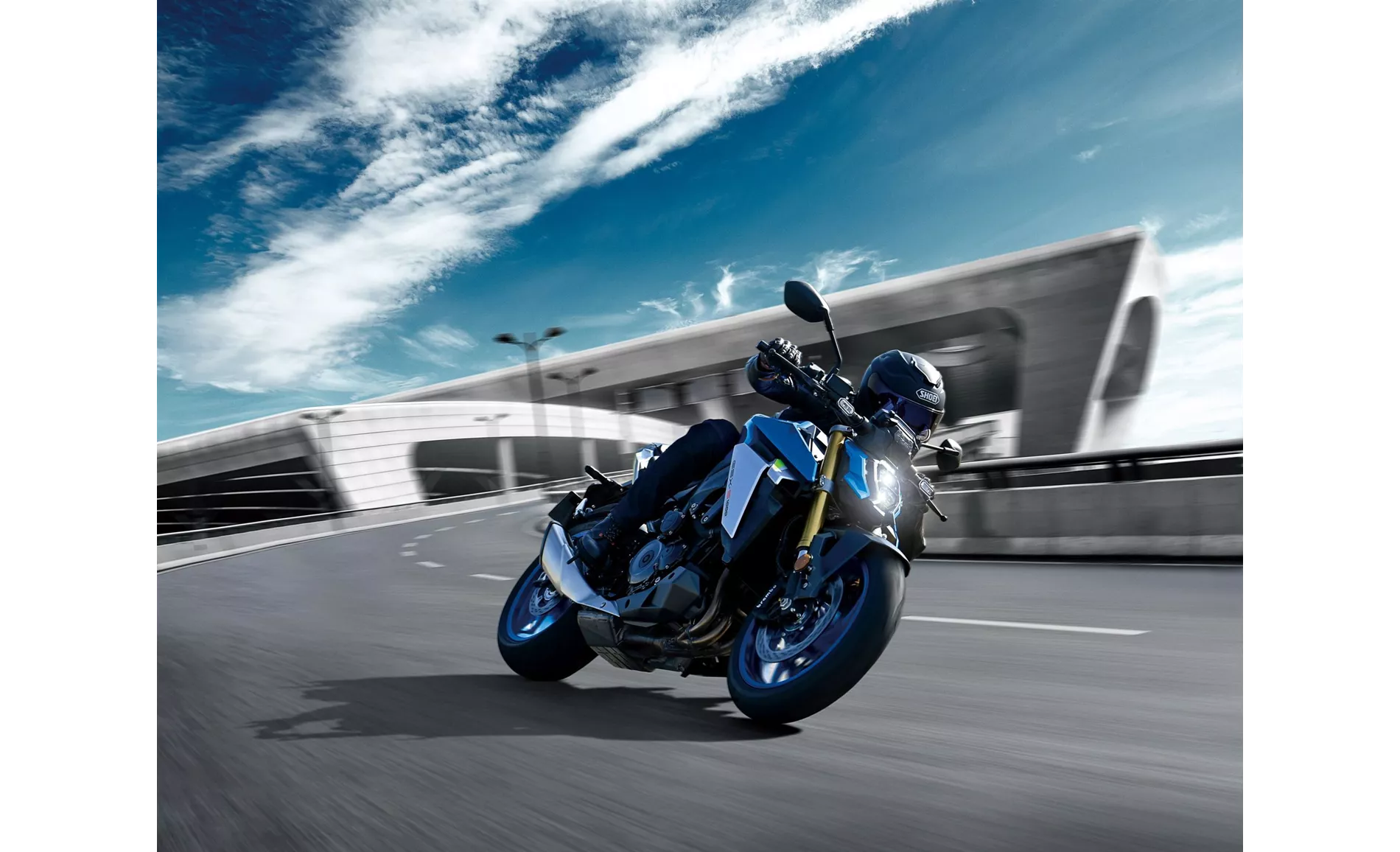
Suzuki GSX-S1000 2021
In terms of strengths, the BMW S 1000 R 2016 is praised for its powerful and well-controllable engine, powerful braking system, and comfortable seating position. The Suzuki GSX-S1000 2021, on the other hand, is commended for its powerful engine, smooth quickshifter, sporty handling, comfortable seating position, and aggressive look.
However, the BMW S 1000 R 2016 does have some weaknesses, such as the availability of expensive optional extras and a hard chassis. The Suzuki GSX-S1000 2021, on the other hand, has a weakness in the form of a difficult-to-read display.
In conclusion, both the BMW S 1000 R 2016 and the Suzuki GSX-S1000 2021 offer powerful performance and comfortable seating positions. However, the Suzuki has the advantage of additional advanced rider assistance systems and a slightly more modern design. Ultimately, the choice between the two will depend on individual preferences and priorities.
Technical Specifications BMW S 1000 R 2016 compared to Suzuki GSX-S1000 2021
Pros and Cons in comparison
Pros and Cons in comparison
BMW S 1000 R 2016

With the BMW S 1000 R, you notice both the close relationship to the S 1000 RR superbike and the endeavour to equip the machine with a high degree of comfort for country roads and everyday use. Accordingly, the 1000cc four-cylinder power unit is brute and yet easily controllable, and the seating position is correspondingly sporty and comfortable. The fact that the S 1000 R is one of the most affordable power naked bikes is surprising and very pleasing, although one must not get hold of the list of optional extras - because thanks to the many irresistible features, it will certainly be more expensive.
Suzuki GSX-S1000 2021
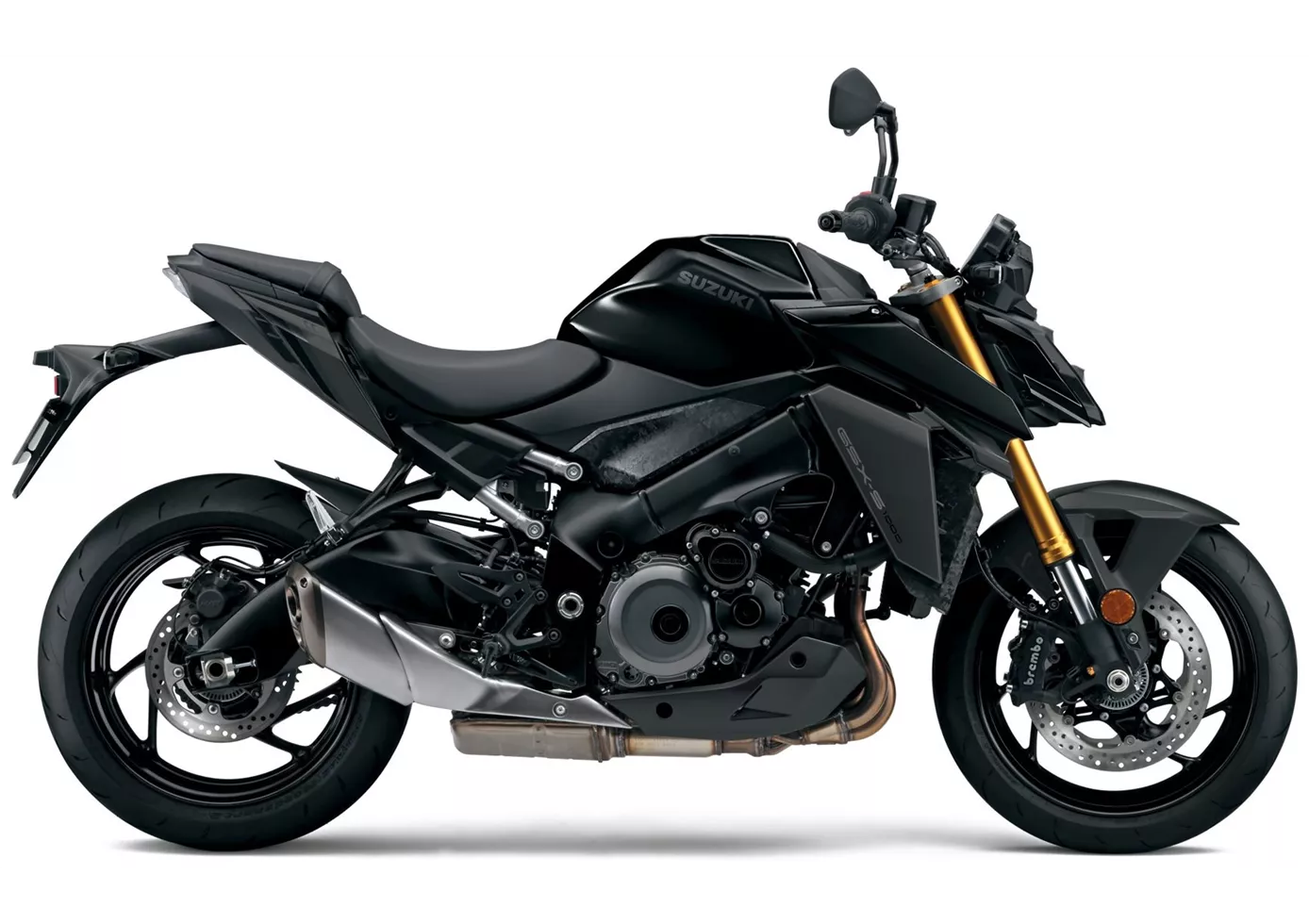
Suzuki's evolution of the GSX-S1000 is a complete success. Although it is an old acquaintance in terms of its basic design, with the 2021 update to Euro5, as well as numerous revisions, the Japanese have created a wonderfully rounded package in the power naked segment. The engine, throttle response and quickshifter work flawlessly, and the suspension and brake components are tuned for sporty comfort. A bike with which you don't have to hide - unless someone wants to examine the display...
Price Comparison Avarage Market Price BMW S 1000 R vs Suzuki GSX-S1000
There are a few key differences between a BMW S 1000 R 2016 and a Suzuki GSX-S1000 2021. In terms of price, the actual average price of a BMW S 1000 R 2016 is about 7% higher. Compared to Suzuki GSX-S1000 2021 there are less BMW S 1000 R 2016 bikes available on the 1000PS.de Marketplace, specifically 10 compared to 16. It takes less time to sell a BMW S 1000 R with 69 days compared to 77 days for a Suzuki GSX-S1000. Since model year 2014 1000PS.de editors have written 62 reviews for the BMW S 1000 R and 36 reviews for the Suzuki GSX-S1000 since model year 2015. The first review for the BMW S 1000 R was published on 11/3/2013 and now has more than 17,300 views. This compares to more than 17,100 views for the first review on Suzuki GSX-S1000 published on 9/27/2014.

